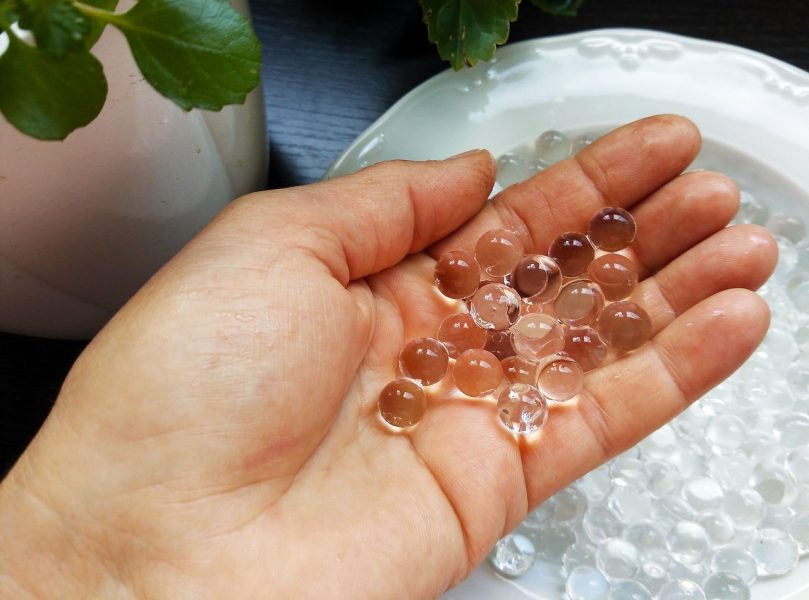For prevalent diseases, such as cardiovascular disease or cancer, cells and growth factors, proteins that regulate cellular processes, have been widely explored in clinical trials. Although promising results have been observed in preclinical small animal models, those same outcomes have not translated to human patients, and many clinical trials have shown limited or no beneficial effects in patients.
In an effort to obtain more encouraging results in clinical trials, newer therapies, including microRNAs and extracellular vesicles, have been increasingly studied for many diseases. MicroRNAs are small RNA molecules, which can regulate the expression of multiple genes. Extracellular vesicles are released from cells and are involved in cell-to-cell communication; these vesicles also contain proteins and nucleic acids, which may contribute to regulating essential biological processes. While preclinical studies have also yielded positive outcomes with these newer therapeutics and several have progressed to clinical trials, the delivery approach, specifically intravenous delivery, has been limited by poor localization and susceptibility to degradation, or breaking down. To improve existing delivery strategies, a group from UC San Diego has investigated decellularized extracellular matrix hydrogels as a delivery platform for microRNAs and extracellular vesicles.
For this study, the extracellular matrix hydrogels were produced from various pig tissue types and decellularized to remove all cellular content. The decellularization is crucial to ensure there is not a negative reaction to the pig tissue. After decellularization, only the extracellular matrix remains, which is an important component of tissue since it provides structural support for surrounding cells and cues that influence cell behavior. These hydrogels have been successful in several small animal models for tissue regeneration and repair with the heart-derived hydrogel currently being tested in clinical trials. To evaluate the hydrogels as a delivery vehicle for microRNAs and extracellular vesicles, the release profiles were determined from three different hydrogels. Most of the therapeutics were steadily released over about a week but with some degree of variability based on the type of biologic or tissue source.
Experiments were also completed to ensure the hydrogels did not break down the therapeutics upon being released. Individual assessments of biological function were tested for the microRNAs and extracellular vesicles, and the hydrogels did not affect the inherent activity of the therapeutics. These results demonstrate the feasibility of utilizing decellularized extracellular matrix hydrogels as a delivery platform for microRNAs and extracellular vesicles. With the opportunity to produce decellularized extracellular matrix hydrogels from various tissue sources and with the broad applications of microRNAs and extracellular vesicles, this delivery system could be applied to many diseases and shows potential in increasing therapeutic outcomes in future studies.

















